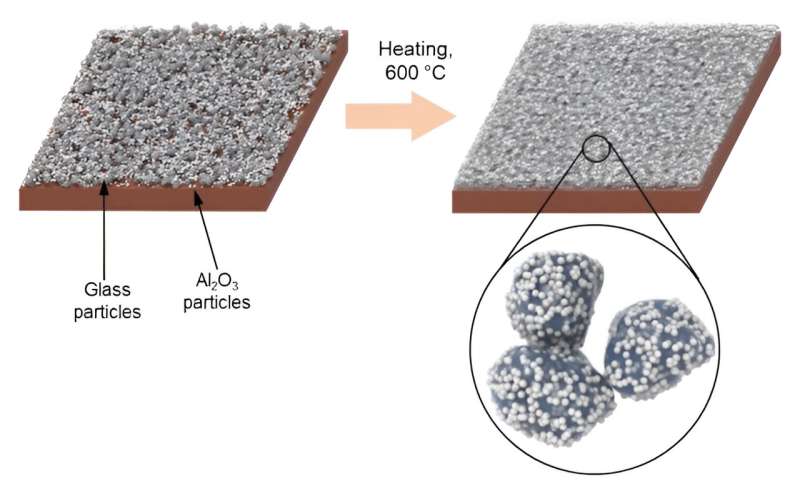Although the human society is rooted in a variety of things, the most important foundation of it talks to our commitment towards getting better under all circumstances. This reality, in particular, has enabled the world to clock some huge milestones, with technology emerging as quite a major member of the group. The reason why we hold technology in such a high regard is, by and large, predicated upon its skill-set, which guided us towards a reality that nobody could have ever imagined otherwise. Nevertheless, if we look beyond the surface for one hot second, it will become abundantly clear how the whole runner was also very much inspired from the way we applied those skills across a real world environment. The latter component, in fact, did a lot to give the creation a spectrum-wide presence, and as a result, initiated a full-blown tech revolution. Of course, the next thing this revolution did was to scale up the human experience through some outright unique avenues, but even after achieving a feat so notable, technology will somehow continue to bring forth the right goods. The same has turned more and more evident in recent times, and assuming one new discovery ends up with the desired impact, it will only put that trend on a higher pedestal moving forward.
The researching team at University of Maryland has successfully developed a cooling glass technology, which is designed to turn down the heat indoors without electricity. According to certain reports, the stated technology comes decked up with means to cut back on temperature by 3.5°C at noon, while simultaneously boasting an ability to reduce a mid-rise apartment building’s yearly carbon emissions by 10%. But how does the whole thing actually work? Well, the answer is neatly tucked in the glass’ coating that works in two ways. For starters, it reflects up to 99% of solar radiation to stop buildings from absorbing heat. Here, the glass emits heat in the form of longwave infrared radiation into the icy universe where the temperature is generally around -270°C, or just a few degrees above absolute zero. Another aspect of it talks to how the technology leverages “radiative cooling” to help the relevant space in acting as a heat sink for the buildings. By saying so, we mean that the mechanism uses new cooling glass design, alongside so-called atmospheric transparency window, a part of the electromagnetic spectrum that passes through the atmosphere without boosting its temperature, to effectively dump large amounts of heat into the infinite cold sky beyond. To give you some context, this is pretty much how the earth organically cools itself.
“It’s a game-changing technology that simplifies how we keep buildings cool and energy-efficient,” said Xinpeng Zhao, assistant research scientist and the first author of this study. “This could change the way we live and help us take better care of our home and our planet.”
Make no mistake; the University of Maryland’s latest brainchild isn’t the first ever cooling glass in history. However, in contrast to previous attempts at developing the technology, the latest iteration is understood to be much more environmentally stable. Such stability ensures it can stand firm against deterrents like water, ultraviolet radiation, dirt, and even flames. In case that wasn’t enough, you can also apply the cooling glass to a wide assortment of surfaces like tile, brick, and metal, thus offering a value proposition which is much more scalable and adoptable.
Talk about what orchestrated the breakthrough on a granular level, the researchers realized this feat through the integration of finely ground glass particles and their subsequent application as a binder. Now, it might not seem like that big of a detail, but this simple-looking decision ousted any role for more-pervasive but hardly-durable polymers. Furthermore, the team programmed the particle size to maximize emission of infrared heat and reflect sunlight all at the same time.
“The development of the cooling glass aligns with global efforts to cut energy consumption and fight climate change” said Liangbing Hu, a professor at the University of Maryland. He notably pointed to recent reports that this year’s Fourth of July fell on what may have been the hottest day globally in 125,000 years.
“This ‘cooling glass’ is more than a new material—it’s a key part of the solution to climate change,” said Hu. “By cutting down on air conditioning use, we’re taking big steps toward using less energy and reducing our carbon footprint. It shows how new technology can help us build a cooler, greener world.”
For the immediate future, the researching team plans on conducting further tests to better understand the technology. Next up, they are looking to introduce more practical applications of the brand-new cooling glass. Apart from that, the researchers also have one eye on commercializing the technology soon, an intention visible in the team’s decision to launch a startup company CeraCool, which will be responsible for scaling the concept.













